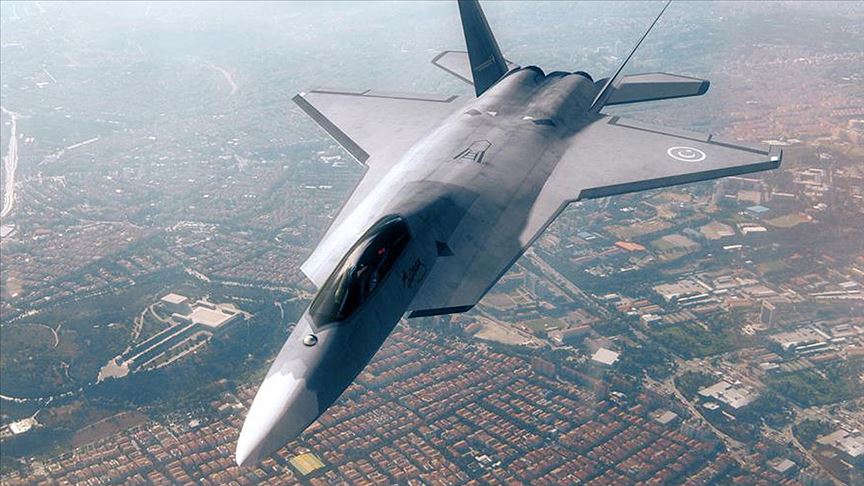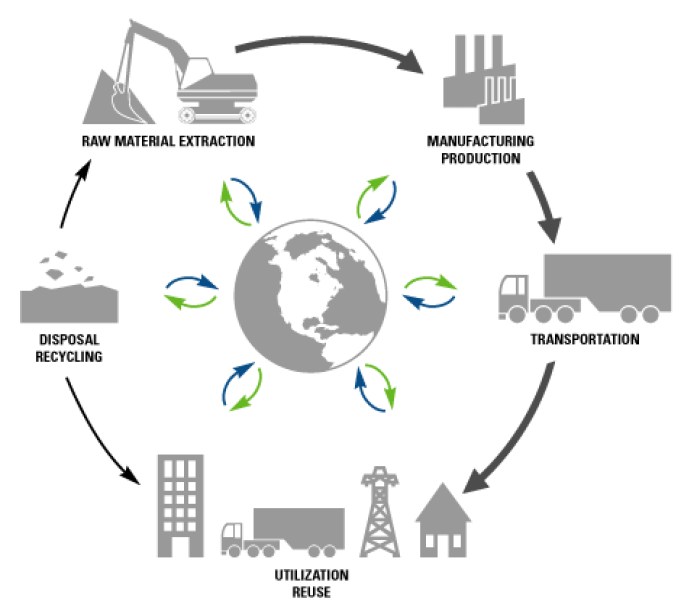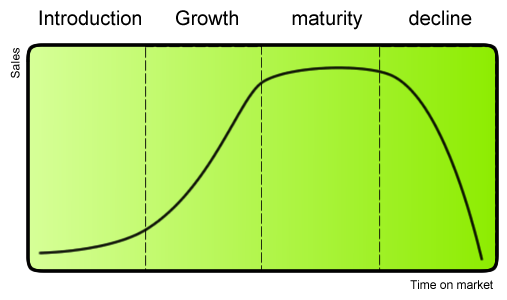An another High Performance Computing System was installed this year to conduct MMU's aerodynamic and aeroacoustic analysis. On the production side the installation of one of the world's largest metal-electron beam DED 3D-Printers was completed this year. Two of the dozens of topics among the huge technical infrastructure investments TAI has made in the MMU program in the last few years. The supplier country of both systems is the US.
MMU is an ambitious project. When it reaches the ideal configuration, it is aimed to be one of the best jets in the world in its class. For this reason, the world's best standards must be used. Using these standards does not make the aircraft US, French, British, or Israeli.
*
TAI has just passed 10,000 staff. If we add up the entire MMU ecosystem, including the software electronics side, we probably won't reach 50,000. This ecosystem is currently working on at least 3 fixed wing jets, at least 3 rotary wing, at least 5 strategic and tactical class UAVs.
When these systems start mass production, the studies on computing, software interface and production tools in the background will also deepen. However, at this stage, we have to bring the state-of-art standards that are ready abroad to our country.
If you wait to all-in-house localize down to the screw to do something, you'll probably never be able to make that product. Or, to put it more accurately, the field you have to compete in should not be related to today's systems, you forget the next 30 years and try to prepare for the next age. But then we'll have to forget about the current major advances in design-testing capabilities and achievements in systems engineering.









